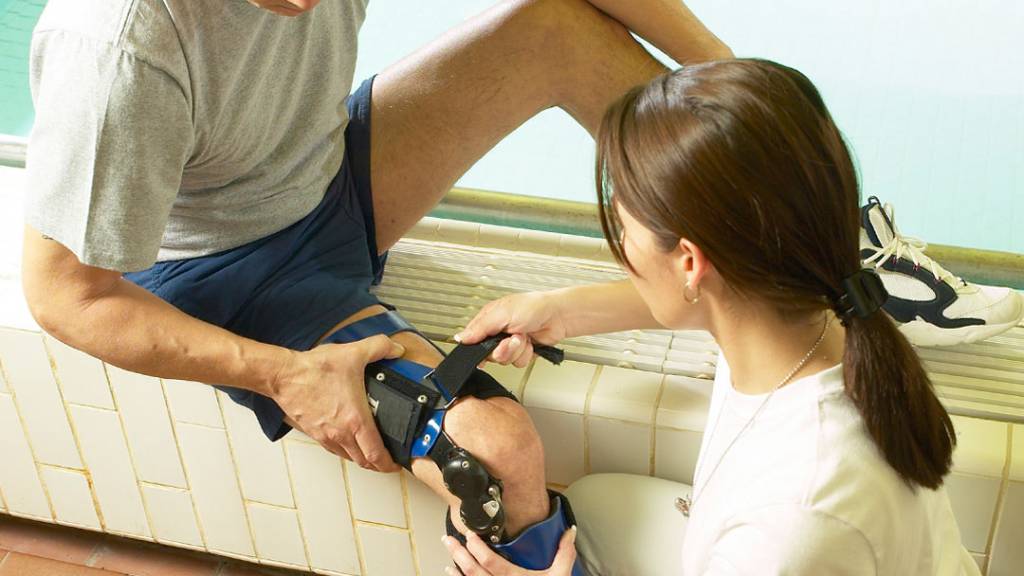Custom-made lower limb braces: personalized support for mobility
In orthopedic care, personalized medical devices play a vital role in improving patients’ quality of life. Among these, custom lower limb braces offer an advanced solution to support, correct, and assist the knee, ankle, and leg. Designed and crafted with precision, these orthopedic devices provide an individualized treatment approach for various conditions affecting the lower musculoskeletal system.
Characteristics of Custom Lower Limb Braces
Custom lower limb braces are external medical devices intended to support joints, aid limb function, or correct pathological alignment. What sets them apart from standard off-the-shelf braces is their tailored nature—each device is custom-made to perfectly fit the unique anatomy and needs of the patient. This ensures superior comfort and therapeutic effectiveness.
The creation of these braces requires the expertise of a certified orthopedic technician, as they are medical devices demanding specialist skills. The production process is intricate and involves several carefully executed steps to ensure the brace meets the patient’s specific requirements.
Among the most common types of custom braces are AFOs (Ankle-Foot Orthoses), designed to actively correct deformities in the foot or ankle while providing targeted, personalized support.
The Customization Process: A Tailored Journey
Creating a custom lower limb brace is a detailed, multi-step process that begins with patient assessment and ends with precise fitting and follow-up adjustments:
- Initial Evaluation
A thorough assessment of the patient’s condition is conducted, including muscle strength tests to identify which muscle groups need support. The evaluation covers aspects such as: - Ankle dorsiflexion (lifting the foot)
- Plantar flexion (pointing the toes down)
- Quadriceps strength
- Hamstring function
- Hip flexor capacity
This evaluation helps the technician design a brace that precisely addresses the patient’s needs. - Scanning or Casting
Following the evaluation, a digital scan or plaster cast of the patient’s leg is taken. This step is crucial to ensure proper alignment of the ankle and knee in the final brace. The cast captures the exact shape and dimensions of the limb, providing a reliable foundation for the device. - Brace Fabrication
Using the cast as a model, the orthopedic technician constructs the brace with great precision. They sculpt and shape it to conform to the patient’s anatomy, ensuring both therapeutic effectiveness and wearer comfort. - Fitting and Adjustment
The final phase involves fitting the brace and scheduling follow-up visits. During these sessions, the brace is tested and fine-tuned as needed to ensure optimal fit and function. This iterative process may require multiple adjustments to ensure the brace meets the patient’s dynamic needs.
Types of Lower Limb Braces
Custom lower limb braces are designed to support different joints, offering targeted solutions for various orthopedic conditions:
- Ankle braces: Provide stability and support for the ankle joint, helpful in cases of instability, post-surgery, or chronic joint conditions.
- Knee braces: Restrict excessive knee motion and are commonly used after ligament injuries, surgeries, or to manage osteoarthritis.
- Hip braces: Offer support for the hip joint, used in cases of hip dysplasia, after joint replacement, or to manage degenerative hip conditions.
Each type is crafted with the specific biomechanical needs of the joint in mind, delivering precise and effective support.
Benefits of Custom Braces: A Personalized Rehabilitation Approach
Custom lower limb braces offer numerous advantages over standard models, including:
- Reduced spinal load: Thoughtful design helps distribute body weight evenly, relieving pressure on the spine and reducing muscle fatigue—particularly beneficial for those with postural or back issues.
- Less joint stress: By supporting the hip and knee, these braces help distribute load more evenly, reducing wear and inflammation. This is especially critical for patients with arthritis or degenerative diseases.
- Improved mobility and stability: Custom fit enhances balance and reduces the risk of falls, crucial for seniors or those with mobility challenges. It promotes a smoother return to daily activities and functional recovery.
- Controlled movement: These braces limit harmful motion while preserving natural flexibility, preventing muscle atrophy and enabling progressive, safe rehabilitation.
- Compression and mechanical aid: External compression helps reduce inflammation, improve blood flow, support lymphatic drainage, and accelerate healing—especially post-injury or surgery.
- Superior comfort: Breathable, seam-free materials provide better adherence and comfort compared to standard braces, encouraging consistent use—key to achieving therapeutic results.
Conclusion
Custom lower limb braces represent a significant advancement in orthopedic treatment. By offering personalized support that matches each patient’s specific anatomy and needs, they outperform generic alternatives. Their ability to enhance mobility, reduce pain, and support rehabilitation makes them invaluable in managing a wide range of lower limb conditions. It is essential, however, that these devices are selected and fitted by trained professionals, ensuring an effective, individualized treatment.
To learn more, visit us at Ortopedia, Via Taramelli 21/23, Bergamo, or contact us by phone at +39 035 212110 (Monday–Saturday, 9:00–12:30 and 15:00–19:00) or via email at info@ortopediazambelli.it.
All the news

